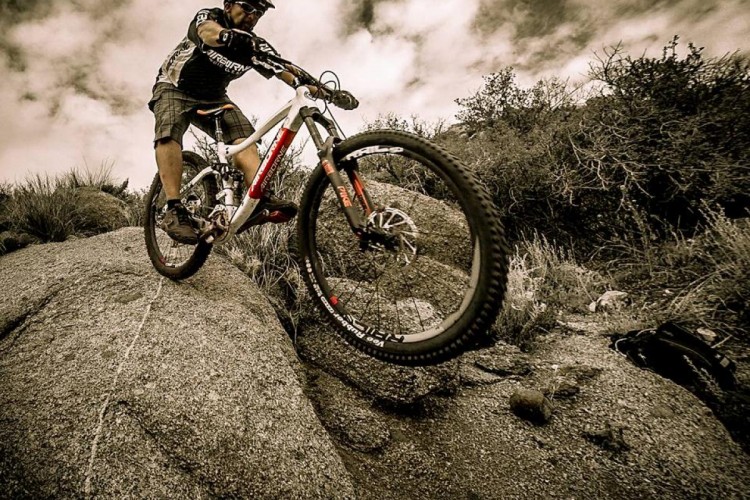
February 19th, 2015 (11:36AM)
Cold snow and ice was caked in between my helmet and goggles. Ears ringing; dazed and dizzy. I had just taken the hardest crash of my life while downhill skiing in Utah.
58MPH into a hidden, icey mogul field. My life was about to change dramatically.
But I didn’t realize it, until I tried to move my legs…
Then the pain came. An immediate 10 out of 10 on every scale. I tried so hard to move my pelvis and leg, but nothing happened except more extreme pain. My left femur had snapped explosively during the crash. Its impact was multi-directional because of the incredible force of my cartwheel through the mogul field. After 45 minutes of frantic first-responders, I was off the hill with shots of morphine fiercely flowing into my veins…

Life began to change–and the next nine months would be committed to a long recovery from the life-threatening femur fracture. I have learned a lot through the constant discomfort, adaptation to prosthetic implants, and endless hours of therapy. Although it wasn’t chosen willingly, this journey has been an incredible adventure! I am glad for the lessons learned and practical experience that can relate to many riders and skiers dealing with a recovery.
Even though my mountain biking season has been compromised, I’ve still found some awesome motivation throughout my days to keep recovering diligently in hopes of being out on the trail as soon as possible, with a new-found appreciation for my riding!

Here are five things that I’ve done during recovery to utilize my time effectively.
Some are light-hearted. Others are deeply rooted. Which of these resonates with you?
1. Catch up on MTB videos and articles.
Woohoo! So you’re injured. Or you might be someday. It’s time to guiltlessly gorge yourself on the plethora articles, videos, and resources that the mountain bike scene now boasts! And the greatest part about it — you really don’t have to feel guilty about a generous intake of media! By enjoying quality content, my time in recovery actually increased my love for adventure and my appreciation for both mountain biking and skiing! It also made me more motivated to recover efficiently, engage in therapy, and work towards new goals!
Even if there’s a chance of a slow or only partial recovery, it can still be motivating and inspiring. Consider Martyn Ashton, who is back on the bike even after an extreme crash resulting in paralysis. If that’s not inspiring media, I don’t know what could be!
2. Find ways to heal faster.
But seriously. Here’s what I mean…
There are a lot of variables that you cannot change that determine the speed of recovery. However, I believe that there are typically just as many that you do have control over that can either help or hinder the process. For me, these were practical things that took diligent determination to make happen: diet and eating habits, supplements for bones and muscles, therapy exercises (both consistency and frequency), additional therapy (cold/heat, stretching), better sleep schedule, paying attention to my emotional health, and much more! Turn that nine month recovery into five months — but remember, results are still dependent on things beyond your control, sometimes…
Set goals, and work towards them with diligence.

3. Plan your next mountain bike adventure.
Dream of the future! Perhaps one of the funnest things to do during your time laid up is to plan your next big trip! This can be a multi-day trip to a distant location, or it could be as simple as setting goals for riding in your local area. In this context, “mountain biking adventures” can take on many different forms and depend on your personal desires, riding style, and available resources. Find and research some trails that you’d like to ride in the future using Singletrack’s trail database. Explore some user feedback on trails in a place that you’ve always wanted to ride. Believe it or not, some of my best outdoor trips have come from taking time to plan them while I was injured….

4. Start a new hobby (or cultivate an old one).
It’s easy to be discouraged because of your huge shift in lifestyle and abilities, but it is important to always find activities that help you re-create youself in a positive way! This is the core of the word “recreation” that involves intentional leisure as a way of personal expression and enhanced well-being. It’s a privilege that you can still have, even when you’re injured, so take advantage of it! For me, I took up writing more reviews and articles, developing new relationships, and starting to practice yoga again.
Whatever it is, find something different, or cultivate a skill that’s been dormant for awhile!

5. Look at the bright side of things.
One thing that I want to say right away is that recovery sucks. It sucks because your freedom, abilities, or lifestyle is somehow changed, altered, or halted altogether!
Here’s my advice: Embrace the suck! Learn to live with it–then your time in recovery won’t be nearly as depressing! Easier said then done, right? Here’s some help:
Recovery can be daunting, sometimes depressing, and even emotionally unstable. It’s important to believe and be reminded that it’s not all that bad–and that things typically aren’t as bad as they could be! Just the fact that you are recovering is a privilege, even if it seems dreadfully slow sometimes. Looking at the brightside of everything, or at least as many things as possible, can lead you to a much more joyful journey through recovery.
Strategies that I’ve found work well include:
- Surrounding yourself with positive people.
- Taking time to develop your spirituality.
- Focusing on sources of joy that don’t depend on circumstances.
- Setting attainable goals and celebrating successes when they happen.

Whether big or small, many of us have experienced injuries and recoveries. What would you add to this list? What has worked for you?



















